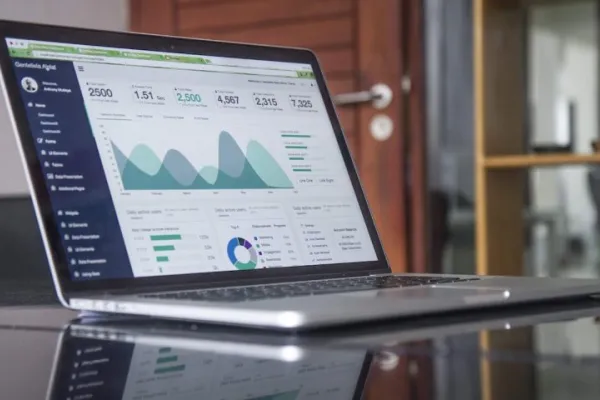Most brands have typically approached influencer marketing and custom branded content (i.e. premium native advertising) as two separate disciplines. They often go together in a media plan but are handled by different teams, purchased separately, and even evaluated for performance differently.
However, the truth is that these two strategies are much more similar than most marketers realize — and in fact are merging in significant ways.
Paying a YouTube influencer to create a branded video isn’t much different than paying a publisher to create a branded video. They both involve partnering with a third party to tap into their brand equity, utilize their creative talents and tools, and leverage their distribution and scale.
RELATED: Why B2B Companies Should Use Influencers - and How to Pick the Right One
Forward-thinking brands and publishers have figured this out — which is why brands are starting to bring their influencer talent directly to publishers to co-produce content. And publishers are now providing additional campaign value by bringing their own roster of influencers to campaigns.
This hybrid approach allows brands to more effectively allocate their budgets, build scalable multi-platform campaigns, manage and measure those campaigns, and explore new forms of immersive storytelling — ultimately benefiting both parties and their audiences.
The 3 key strategies to influencer marketing
There are 3 key strategies that are emerging:
1. Influencers are creating high quality, premium custom content in partnership with publications.
For example, marker brand Sharpie is partnering with Derek Jeter’s media company, The Players’ Tribune, to launch a series of branded articles and videos with sports stars like Aaron Rodgers, Chris Paul, and Alex Morgan.
The athletes will share their stories, fitting into Sharpie’s "Uncap the Possibilities" campaign and aligning with the publication’s purpose of connecting athletes with fans through first-person accounts.
These long-form stories take much more work in commissioning and producing than traditional influencer content, but they have high impact and are much more likely to get additional social distribution than a sponsored post or video.
According to Brandtale, over 30 sponsored videos from The Players Tribune in the last 12 months have reached over 1m views.
RELATED: 10 examples of Buzzfeed's pioneering native advertising
2. Brands are using influencers for both social content creation and distribution.
That is, influencers are building direct relationships with brands to create and distribute original branded content, not just promote a product.
Nakedly commercial sponsored posts, and product placement/review videos — often executed with micro-influencers — are still a part of the digital strategy, but many brands are looking to get a lot more out of an influencer relationship.
RELATED: How to Collaborate with Instagram Micro-Influencers and Boost Sales
We see this in the NBA’s recent partnership with mindfulness and meditation app Headspace. The two organizations will work together to create guided training content and distribute it the app, and players on will promote the content they create via their own social accounts with large followings.
The NBA deal isn’t a traditional apparel or sports drink sponsorship. It involves creating personalized, authentic content that brings fans into the player’s heads and is built into the fabric of the training experience.
It also activates the entire NBA league, giving Headspace a built-in network of influencers for distributing its content.
RELATED: Native advertising on social media – a handbook
3. Publications are leveraging their own employees as influencers.
Refinery29 and Barstool sports helped pioneer this strategy. Barstool Sports, the sports and men’s lifestyle publisher, taps its editorial staff to create sponsored content for their huge audiences on Snapchat and Instagram.
And Refinery29 recently started selling influencer campaigns that include sponsored content created by its own writers and editors.
RELATED: How to Succeed with Paid Posts on Instagram
This tactic allows these publications to differentiate themselves from competitors, offering advertisers greater reach and engagement among niche audiences.
Since launching this strategy, Refinery29 saw a 76% increase in ad buys, landing deals with brands like Walgreens and Google.
The integrated future of brand marketing
Going forward, we should expect to see more brands and publishers incorporate influencers into branded content, with both sides initiating the strategy.
We should also see more influencers being incorporated into content that can be reused for wider reaching, multi-platform, always-on campaigns.
Following in the footsteps of Refinery29 and Barstool Sports, publications that use their own employees as influencers will begin winning an increasing share of deals, as this gives them a unique, hard-to-replicate advantage for almost every branded content campaign.
As a strategy, building influencer marketing into branded content campaigns is just getting on its feet. But it promises a range of advantages for all involved, allowing advertisers to leverage the creation and distribution power of built-in influencer networks, and giving publishers an opportunity to expand their portfolios and offer new and engaging forms of storytelling.




